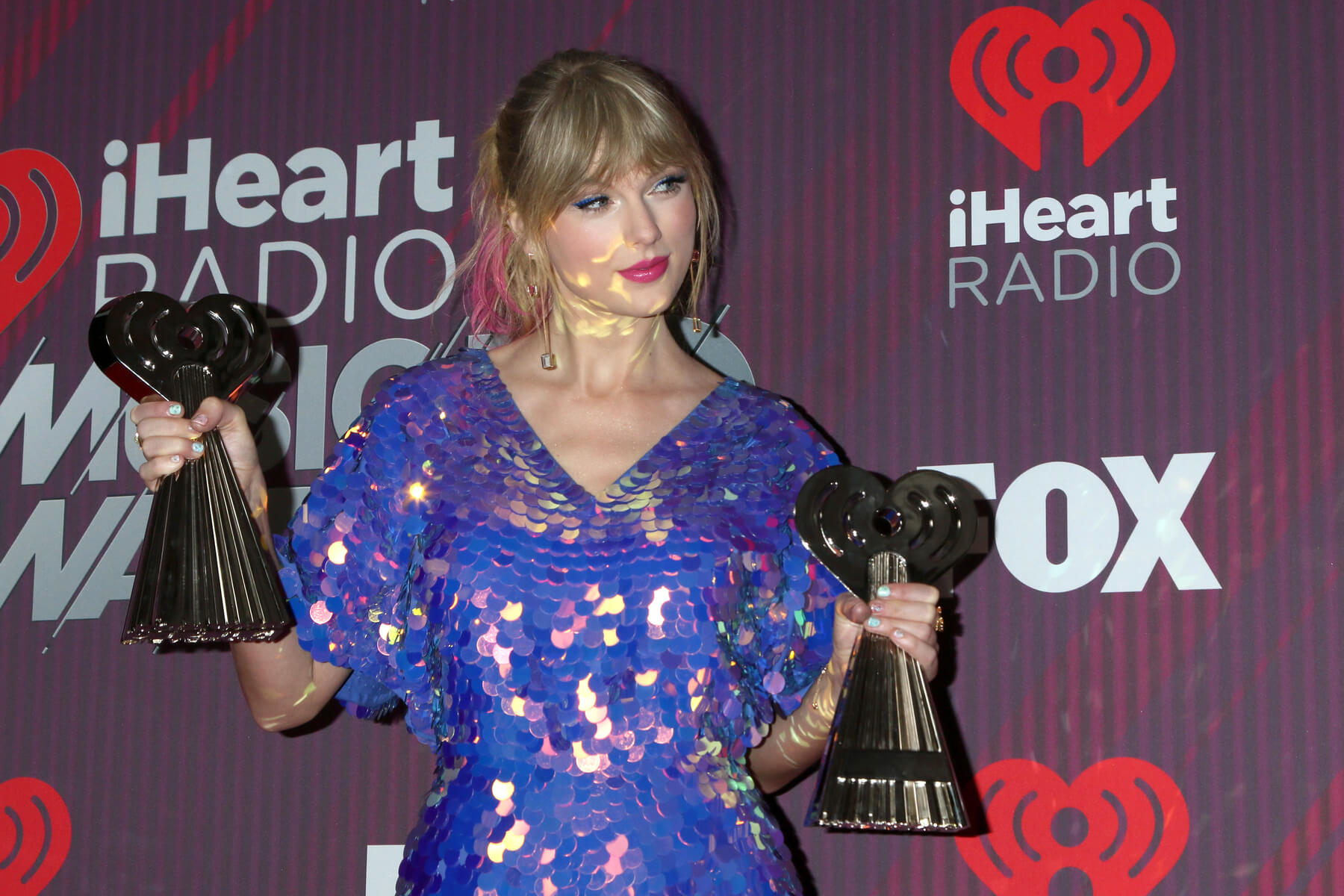The Economics of an All-Time Run in Music

The ultimate sign that a superstar talent is at the peak of their powers is not when they drop their magnum opus. It’s when their less acclaimed work still puts up record-breaking numbers.
The critically acclaimed work is easier to sell. Great music can speak for itself. But a project with mixed reviews that still breaks records? That’s power. That’s the Marvel Cinematic Universe at its peak. That’s a brand so powerful, it can sell Leonardo DiCaprio that pencil in The Wolf of Wall Street. That’s the hustler who can sell water to a whale.
The chart-topping subpar releases often happen when an artist follows up a critically beloved album. The fanbase has grown, the artist has more leverage, and expectations are higher.
Think 50 Cent’s The Massacre, which outsold the classic Get Rich or Die Tryin’ in its first week. Or Eminem’s Encore, one of the best-selling rap albums of all time, but not as revered as The Eminem Show. I also include Adele’s 25, a juggernaut that thrived off a fanbase that had a little bit more love for 19 and 21. There’s also Lady Gaga’s Artpop, a fan favorite that signaled a new phase of her career*.* And there’s also Lil Wayne’s Tha Carter IV, a bankable sequel that didn’t reach the heights of Tha Carter II or III.
These artists continued to be popular, but they weren’t as front-and-center as they once were. No one stays forever on Apex Mountain. Those are the laws of culture. They don’t bend for anyone.
Well, anyone except Taylor Swift.
Even the most passionate Swifties have admitted that the most recent albums and re-records aren't as great as the original albums that Swift recently purchased outright. Fan forums and social media show mixed reactions to projects like Evermore, Midnights, and The Tortured Poets Department. But it hasn't led to the decline in fandom that often happens. The fanbase has only grown.
For Swift, there are several reasons why her run has sustained at this level. A good portion of it is due to her master's ownership saga and the Eras Tour frenzy. But the Eras Tour, unlike many tours at that level, is a product of both the popularity of old and new music.
The live music industry is powered by established legacy acts that pack stadiums with fans who want to hear the old hits, not the songs from their latest album. Coldplay’s Music of the Spheres World Tour is the second-highest-grossing tour of all time after Swift’s Eras Tour. Most of the fans in attendance may not be able to name a song from Coldplay’s 2024 album, Mood Music, but that’s not what they paid for. They paid to hear the Coldplay songs from the 2000s.
Meanwhile, Swift has it both ways. Her forthcoming album, The Life of a Showgirl, will likely break numerous sales and streaming records, just like The Tortured Poets Department did. There are plenty of fans who will want to hear both her new and old music the next time she is on tour. That’s the power of the brand.
Another big factor for Swift is the dynamics of streaming and social media. It's harder for new stars to break through. The more options that music lovers have, the more they want the hits from what they already know. Swift and other artists from her generation have benefited from great timing. There’s never been a better era for the biggest stars in the world to reap the rewards of their great work, as well as their “monetizable mid.”
The dynamics are even better when the economics work in the artist's favor. This next album will be Swift’s tenth album since her 2018 partnership with Universal Music Group. On average, that's a new album every eight months compared to six albums in the eleven years before that. But now, she has the leverage, deal terms, and sustained popularity. It’s Master P’s No Limit Records playbook in 1998.
The same is true for Swift. Sure, there may be other superstar acts in the history of music who have been bigger at the peak of their powers. There may be other artists today who are bigger on a global scale than Swift is. There are others in her generation who have accumulated more streams. But no one has taken more advantage of all the elements, both in and out of her control, for achieving this level of commercial success.
Swift's imperial run has lasted longer than most popular artists' entire careers. It won't last forever, none of them ever do, even in the streaming era. But it's wise for her and her team to continue to strike while the iron is hot.
Chartmetric Stat of the Week - Bruno Mars’ Billions
Bruno Mars has released around 49 songs either as the lead artist or co-lead. There are 39 on his four studio albums and 10 others as loose singles or on other artists’ albums (like “Uptown Funk” which is technically by Mark Ronson). For Bruno, 15 of those 49 songs, over 30%, have more than 1 billion streams on Spotify.
We could do a whole memo on why Bruno Mars stands out, but wow. That hit rate is sky-high.
“You tell the true stories. Not just the end product, but how you get to the end product. Your point of view on it is dope.”

"The stuff that Trapital puts out is fantastic. Really interesting insights into the industry, artists trends, and market trends."





.avif)



